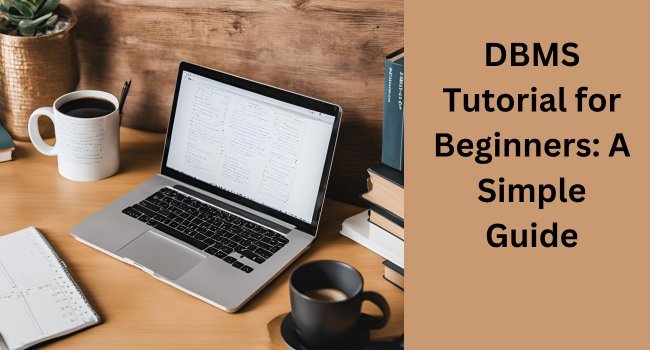DBMS Tutorial for Beginners: Learn Database Concepts with Examples
A DBMS Tutorial for Beginners explains database basics, types, and functions. It helps learners understand data storage, management, and retrieval with simple examples, making database concepts easy to grasp.

A Database Management System (DBMS) is essential for handling data efficiently. It helps store, retrieve, and manage data in an organized way, making it easier to use in various applications. This DBMS Tutorial for Beginners will introduce you to its basics, features, and benefits.
What is DBMS?
A DBMS (Database Management System) is software that allows users to create, manage, and control databases. It ensures that data is stored securely and can be retrieved quickly when needed. Examples of popular DBMS software include MySQL, Oracle, and Microsoft SQL Server.
Types of DBMS
Hierarchical DBMS – Organizes data in a tree-like structure.
Network DBMS – Uses a graph-like model for complex relationships.
Relational DBMS (RDBMS) – Stores data in tables with rows and columns.
Object-Oriented DBMS – Uses objects to store data, like in programming languages.
Benefits of DBMS
Efficient Data Management – Stores and organizes large amounts of data.
Data Security – Protects data from unauthorized access.
Data Integrity – Ensures accurate and consistent data.
Backup & Recovery – Prevents data loss with automatic backups.
A DBMS is widely used in businesses, banking, healthcare, and education for secure and efficient data management. Learning DBMS is essential for anyone interested in data handling and software development.
For a detailed DBMS Tutorial for Beginners, visit Codepractice.io.
What's Your Reaction?












